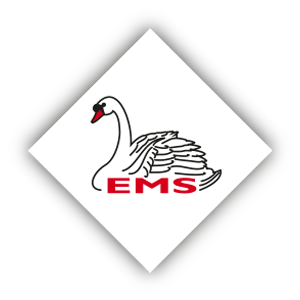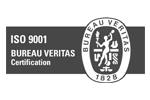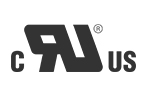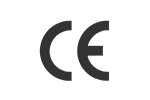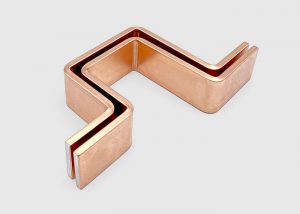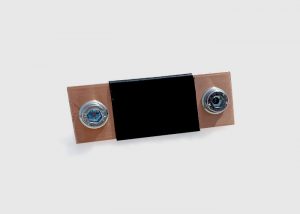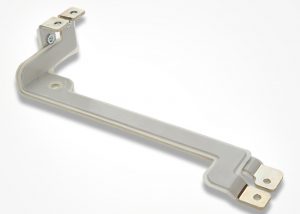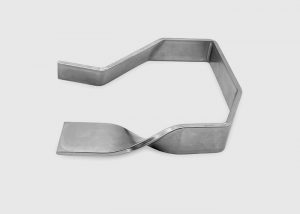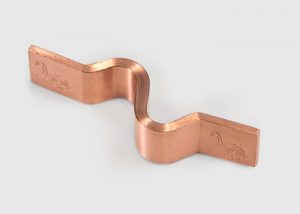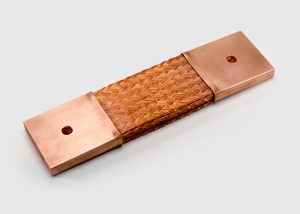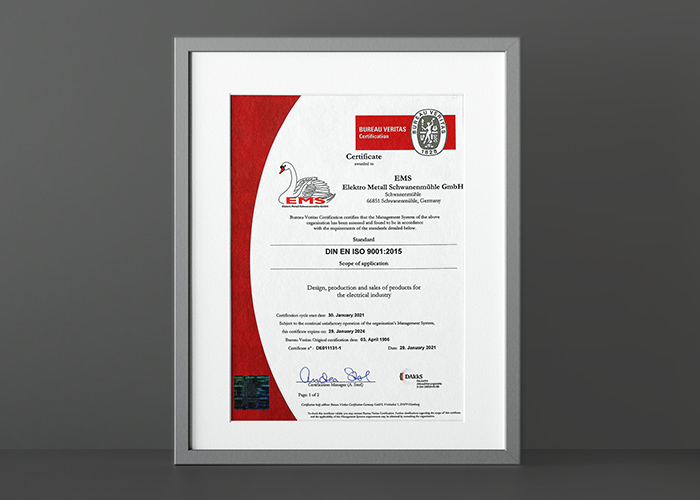Insulated busbars for every application
Our individual insulations for electrical insulation are suitable for almost any application. We use only high-quality materials and have a wide range of options, even for small installation spaces. Our red busbar insulation, for example, is also ideally suited for medium-voltage applications. This is because it is leakage current resistant, weatherproof and halogen-free.
So whether you want to install busbars for storage technologies or busbars for e-mobility – we have the right insulation for your busbar!
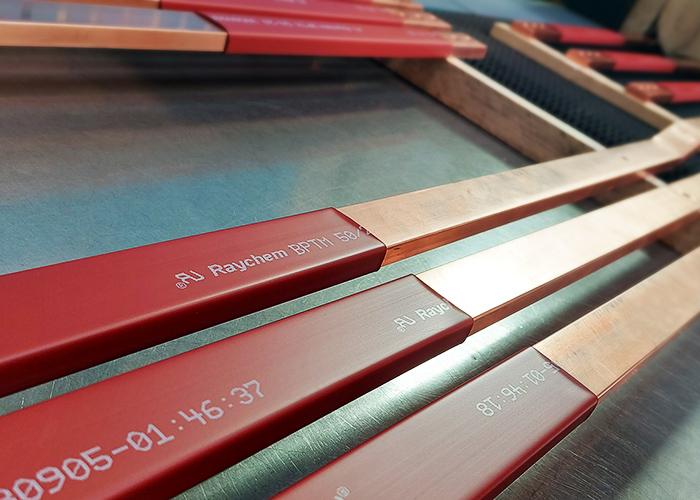
The EMS Group is certified according to
DIN EN ISO 9001:2015
Overview of our insulations
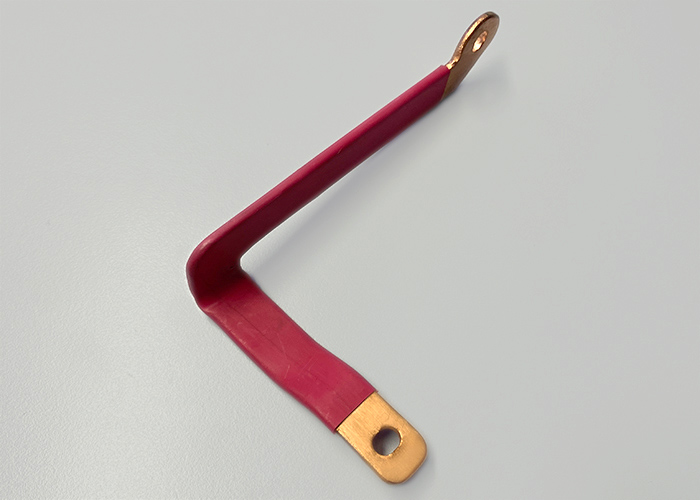
Insulation hoses
- Jacket or heat shrinkable tubing
- Flammability according to UL 94 V0
The insulation hose is a homogeneous profile that is pulled over the conductor material.
Halogen-free sleeves made of silicone, for example, are self-extinguishing and have a homogeneous profile that can be pulled over rigid or flexible busbars and processed further.
Polyolefin shrink sleeves insulate your busbars in a resistant and mostly halogen-free manner.
Extrusion
- PVC & TPE Granules
- Flammability according to UL 94 V0
Extrusion is the process of applying a continuous plastic or rubber shell (in our case, to a conductor). Our extruder heats, compresses and mixes the special granules into a homogeneous insulation. This PVC insulation is self-extinguishing, migration resistant and compatible with construction materials such as polycarbonate and polymethyl methacrylate. This process is mainly used as insulation cover for our Isoflexx® Classic and Isoflexx® Rail in switchgears, distribution boxes and construction boxes!

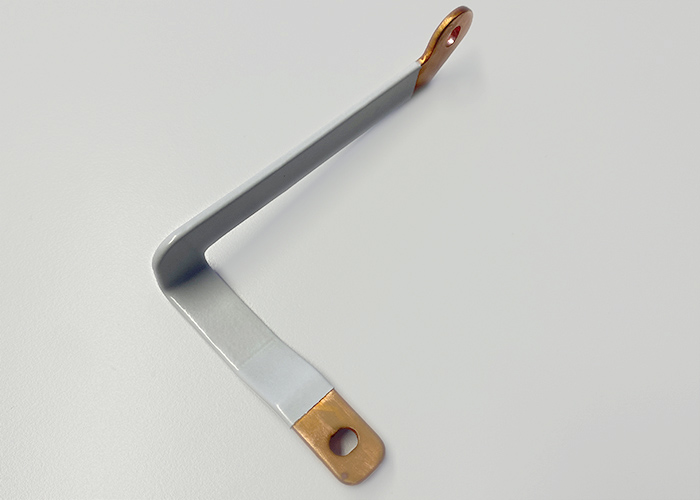
Powder coating
- Vortex sintering process
- Electrostatic spraying process
Our powder coated busbars have high quality epoxy or PA coating with high dielectric protection, which are especially suitable for use in harsh environments.
In addition, we often use powder coating for complex busbar geometries. Here, classic insulation hoses are usually unsuitable.
Injection molding
- For larger quantities
A more cost-effective process for larger quantities is injection-molded insulation.
Here, the insulation material is briefly heated and injected into a negative mold. After the material has cooled, the insulation component can be removed. We use this process primarily for our Vision® bar holders.
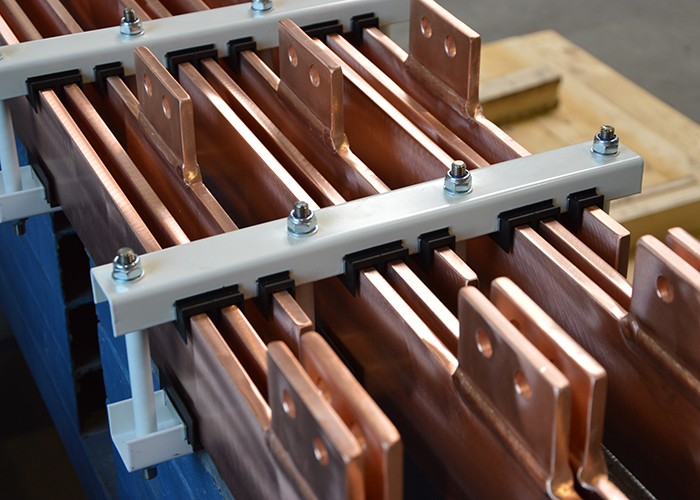
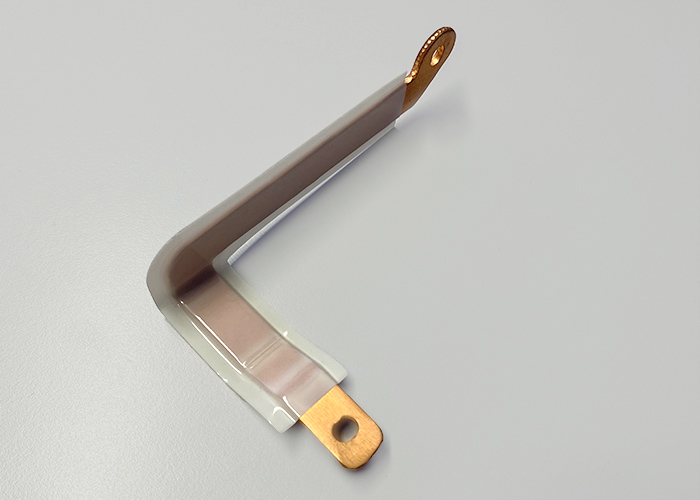
Foil lamination
- Reduction of system costs
- Elimination of wiring problems
- Reduction of impedance and inductance
The growing demand of renewable energy, electric vehicles, home and building automation, leads to an ever-increasing need of laminated busbars. Our laminated busbars are copper components separated by thin dielectric films (polymide, polyester, PTFE, etc.) and laminated into a uniform conductor and are ideal for carrying electrical loads.
3D printing
Our insulations from the 3D printer are very individual and for your first build samples made of e.g. PLA, PETG, TPU, ABS, or nylon.
For first functional samples or small series, 3D printed components can be made of nylon.
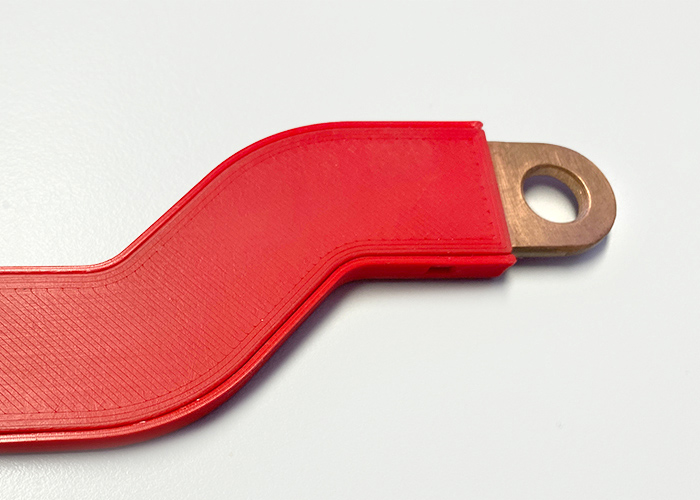
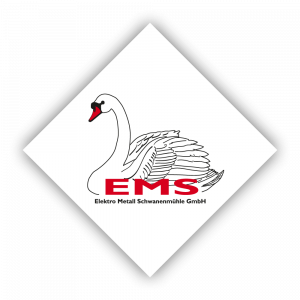
Learn more about our components
So whether you need solid busbars made of highly conductive Cu-ETP copper or combined solutions of our components, in our production we manufacture from simple components to fully pre-assembled units according to individual customer requirements.
We engineer Insulated Busbars
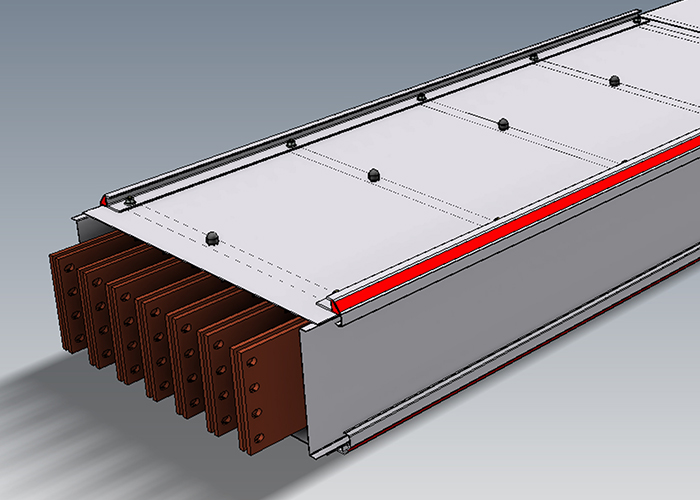
EMS stands for holistic services
In close cooperation with you, we engineer projects systematically and implement them efficiently.
The focus is on optimizing functionality as well as on infrastructural, production-related and economic aspects. The result is individual solutions that are geared to cost-effectiveness and meet the customer’s requirements down to the last detail.
